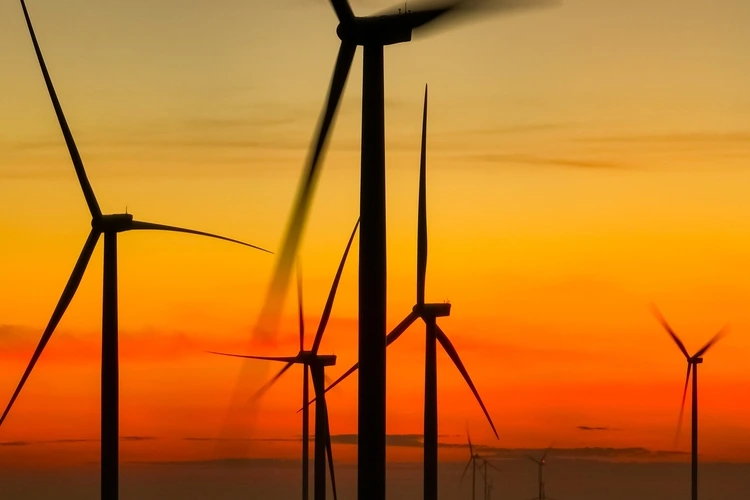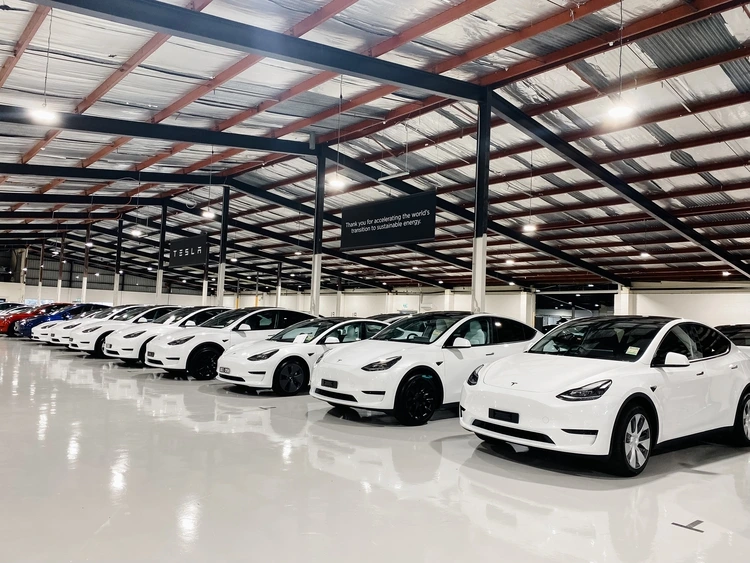
From Chinese solar power to green energy inroads in Sweden, discover the nations making steps to a more sustainable future
By
For the planet, the trendy colour is green. Green energy – dubbed as such for producing energy in a way that causes little to no damage to the environment – has been on the rise in the last few decades. Record levels of investment in clean energy have been recorded, with 40 per cent of the world’s electricity now generated without burning fossil fuels.
Enjoying this article? Check out our related reads:
Forgoing these planet-polluting fuels, along with their dirty emissions, has been a mammoth challenge. Although reliance on non-renewable energy sources still remains in some sectors (namely aviation, shipping and industry), for the most part it is a rapidly-dwindling trend – a fact certainly worth celebrating.
So, which countries are leading the race in green energy? And what innovative technologies are being developed and deployed today to ensure a more sustainable future for our planet? Here we take a deep dive into the world of green energy…
China
China takes top spot in terms of green technology production. In 2024 alone, the nation invested a staggering $940 billion in clean energy – a figure that almost matched the $1.12 trillion global investment into fossil fuels. Such an investment spanned a range of sectors, from electric vehicles to wind and even grid infrastructure.

In addition, China has a major stake in the solar power industry. More than 80 per cent of the world’s polysilicon – a crucial material used to make solar panels – is produced in the nation, specifically in the region of Xinjiang. Last year, China also achieved its 2030 renewable energy goal six years ahead of schedule thanks to a further expansion of solar capacity.
As well as this, China dominates lithium-ion battery production. In 2024, the nation produced 1,170 GWh of lithium-ion batteries, a figure representing more than 75 per cent of the global total. These rechargeable batteries play a pivotal role in powering mobile phones and electric transport for billions of people across the planet.
In the world of batteries, another key component is cobalt, a mineral mostly found in the Democratic Republic of the Congo. While not mined in China, most of the world’s cobalt is refined there.
US
Reliance on overseas production has left the US lagging slightly behind in the clean energy race. Having said this, the country is aiming to reassert its role in critical supply chains. For example, major investments into domestic battery manufacturing are underway, hoping to boost the US’s production which currently sits as the second-highest in the world.
In total, back in 2024, the US invested around $272 billion into clean energy, a 16 per cent increase compared to the year prior.
However, one major stumbling block limiting the US’s growth in clean energy is President Trump. Policies enacted by his administration have threatened to stall more than 400 planned projects collectively worth more than $132 billion, and leave 120,000 green energy jobs at risk.
Already, Trump has cancelled the Lava Ridge Wind Project – a proposed wind farm in Idaho with 241 wind turbines – with an executive order handed out back in January. The president also halted new offshore wind leases, delaying a project in New York until at least 2027, as well as pausing investment on a planned green hydrogen production site in Oklahoma.
Australia
As of early 2025, renewable energy sources accounted for 43 per cent of Australia’s electricity generation, marking an all-time high for the country. By 2030, the aim is even more ambitious: 82 per cent. It’s a target certainly within the remit of achieving, considering projections suggest Australia is already set to reach the 50 per cent mark by the end of this year.

Australia also are making positive inroads into the world of batteries. Earlier this year, major investments have been recorded in the sector – around $2.4 billion – which is the second-strongest quarter on record. Additionally, the nation is investing in major projects, such as the VNI West transmission line, that seek to enhance grid capacity. However, this project has faced logistical difficulties due to opposition from landowners as well as rising costs.
Making the most of the sunny climate in Australia, the nation’s government has provided a $100 million loan to install solar panels, batteries and EV chargers to several stores owned by the conglomerate Wesfarmers.
Europe
For those within the European Union, the figure 42.5 per cent is pivotal. That’s the binding, minimum benchmark to which all members must meet by 2030 to ensure that renewable sources comprise at least that share of their overall energy mix. This marks a significant increase from the previous goal, set at 32 per cent.
The EU has proposed another green energy ambition: by 2040, all member states should aim to have a 90 per cent reduction in greenhouse gases compared to 1990 levels. Such a shift will require major overhauls in how energy is currently being produced within the bloc, such as decarbonising industrial processes and accelerating the shift toward electric vehicles.
Already, transitions are underway in countries across the continent. In Sweden, Europe’s first gigafactory – Northvolt – aims to supply 25 per cent of Europe’s battery demand by 2030, while in France, projects such as the Yeu-Noirmoutier wind farm aim to grow in capacity and host 50 offshore wind farms operational by 2050.
In Germany – the largest producer of renewable energy in Europe – clean energy is only getting more popular. Back in 2024, renewable energy sources accounted for 62.7 per cent of the nation’s net public electricity generation, marking the first time ever that renewables were greater than 60 per cent of Germany’s electricity mix.
Out of all the renewable sources available in the country, wind power came out on top – accounting for 33 per cent of the total public electricity generation. Germany also has plans to build its largest yet wind farm, expected to finish construction in 2028. Once completd, it will be able to supply electricity to around 1.6 million households.
Africa
This month, Egypt opened up Africa’s largest wind farm, completed four months ahead of schedule. Able to power more than one million households annually, the project comes at a critical time as the nation faced electricity shortages, forcing it to utilise planet-polluting natural gas to make ends meet.
Elsewhere, in the Democratic Republic of the Congo, a 1.3MW solar grid provides electricity to several neighbourhoods in the town of Goma, replacing the previous diesel-powered generators. By 2030, it is hoped the grid can reach 10 million residents. Solar energy also is being deployed in Nigeria, which recently secured a $200 million agreement with WeLight – a company dedicated to providing electrification in rural Africa – to install hundreds of renewable minigrids.
In addition, major investments in clean energy are occurring in South Africa, which received a $474.6 million loan aimed to transform its transport and energy infrastructure. Earlier this year, Mission300 – an initiative set to connect 300 million Africans to electricity by 2031 – received a further $8 billion to aid its efforts.
Latin America
By the end of 2025, Latin America aim to have more than 75 per cent renewables in their power mix. The main renewable behind this figure is set to be hydropower, followed by solar and wind.
Investment into clean energy in the region has grown by nearly 25 per cent in the last decade, reaching $70 billion in 2025.
In Brazil, solar power plays a pivotal role in providing residents with electricity, comprising 21.9 per cent of the country’s electric mix as of 2025. Additionally, Chile is has made major inroads into solar power, with its solar energy providing 22.3 per cent of energy to the national grid.
In terms of wind energy, Columbia is making big steps to incorporate the renewable energy source into its energy mix. In doing so, it hopes to reduce reliance on hydro fuels and fossil fuels.



